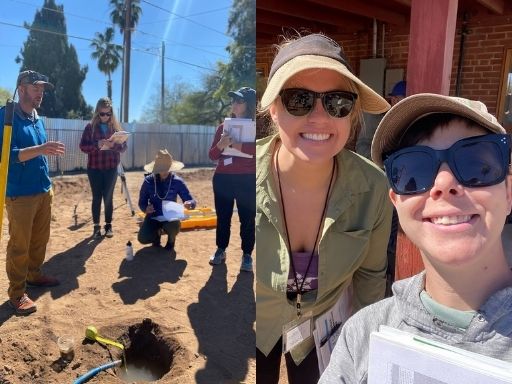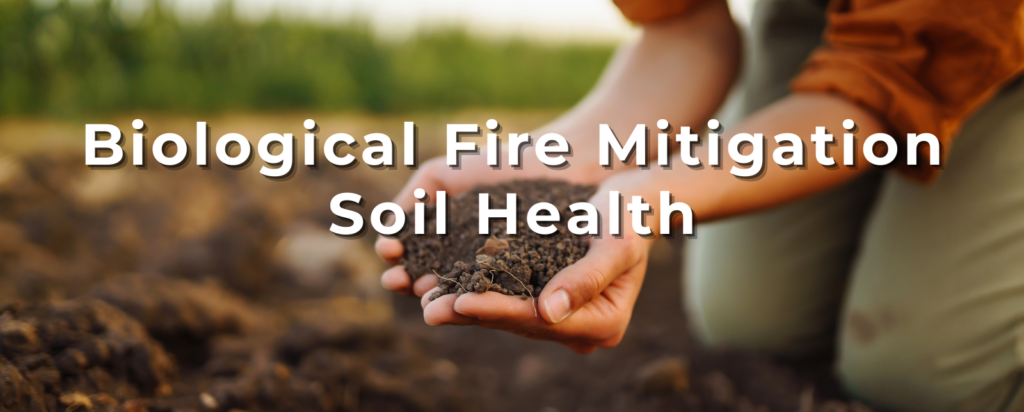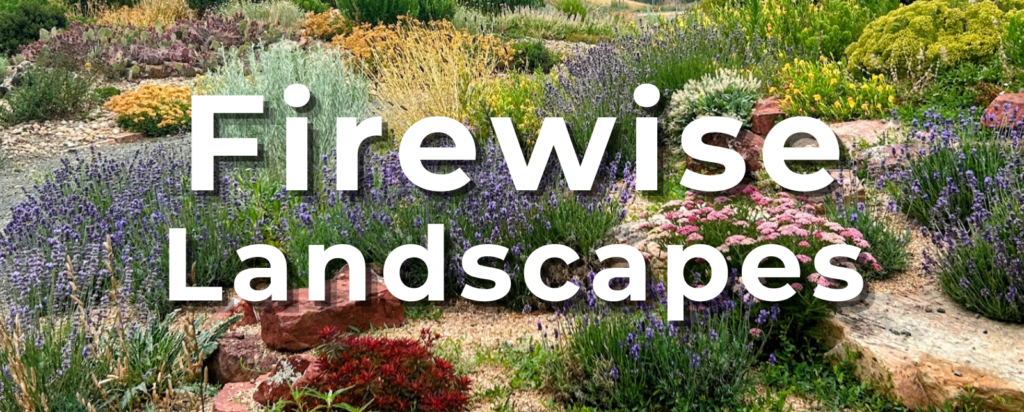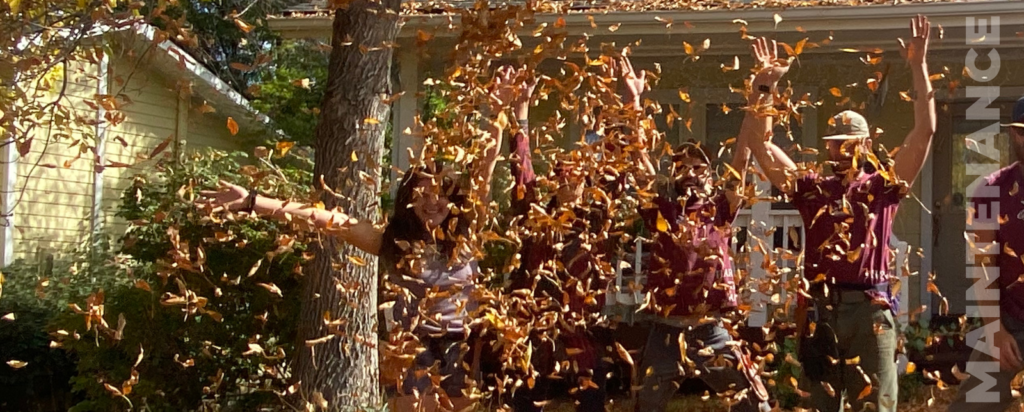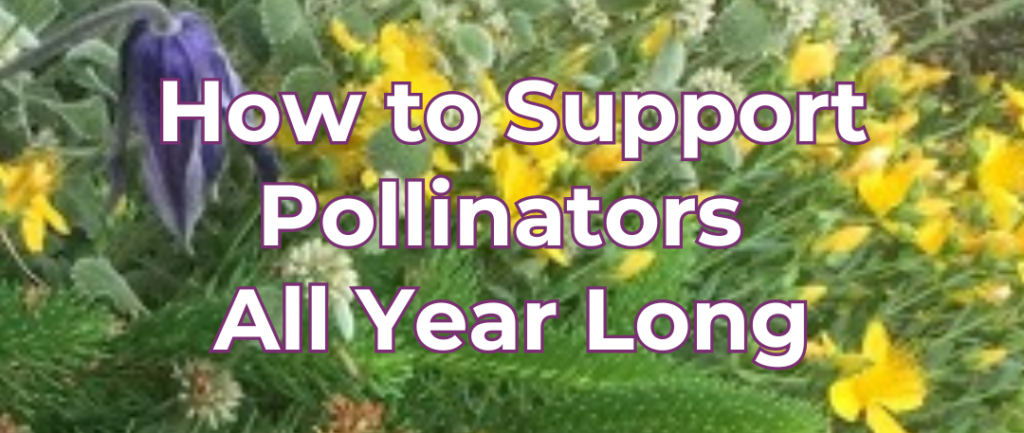Earth Day being just around the corner, and being a day close to the hearts of all of us who work for Columbine, I’ve been reflecting on what we do to contribute to making the earth healthier.
Currently having 3 of our staff engaged in the week-long Water Harvesting Practitioner certification course, and 2 of us certified in 2019, it feels clear. Harvesting water in the landscapes we design and help steward is the most impactful thing we do to better the environment and the future of all the beings who depend on it (which, of course, is all beings!).
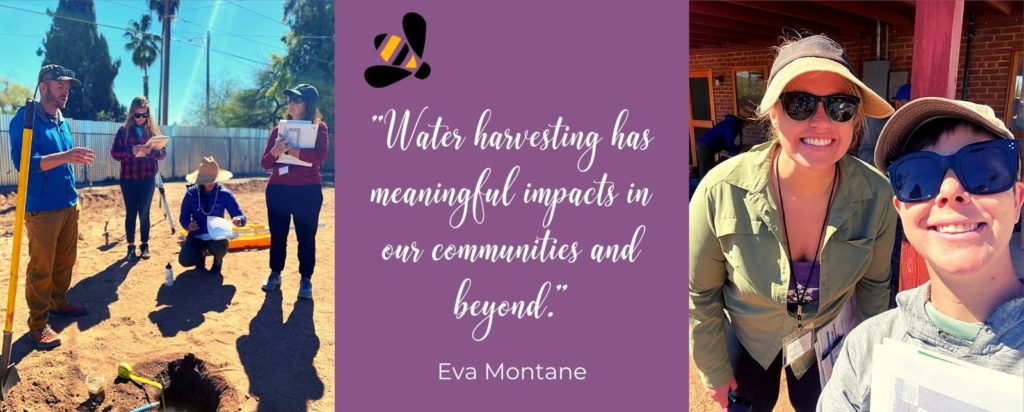
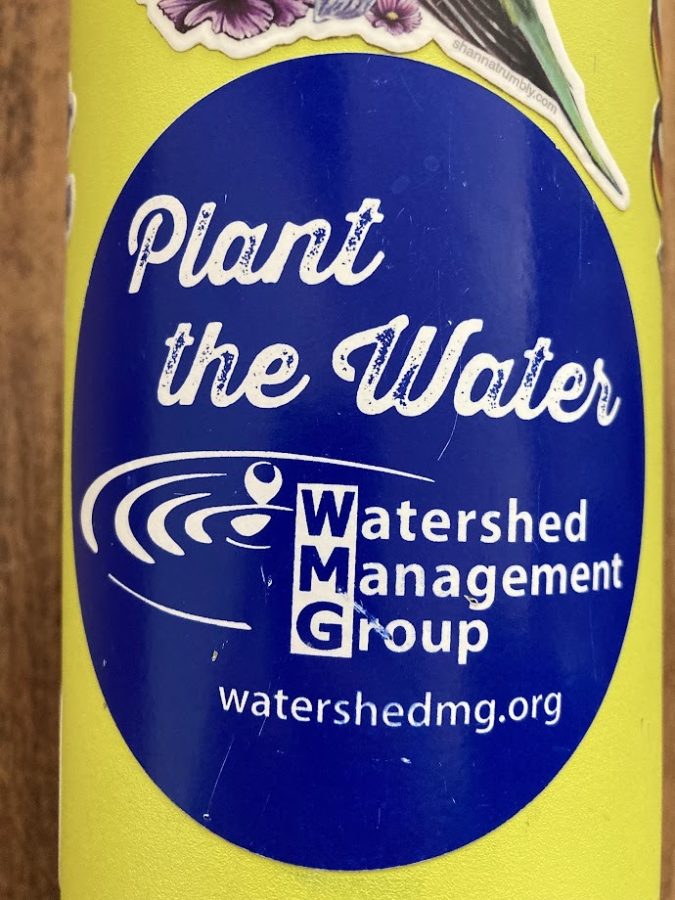
Other highlights of our earth supporting efforts include:
- Create habitat for pollinators and other members of the ecological web
- Prioritize native and adapted plants in our designs
- Commit to using earth-friendly methods and products to support our work in the landscapes we install and maintain – no chemicals
- Support local businesses in our purchasing decisions
- Refuse, Reuse, and Recycle and compost green waste
- Create biodiverse landscapes that require the least amount of external inputs and minimize overall maintenance
And the more we journey down the path of water harvesting, the more I feel committed to harvesting water in every landscape we have the privilege of being a part of, especially those we design and install.
With the realities of climate change hitting hard around the world, and seeing the aridification of the West, I truly believe that hydrating our landscapes and keeping the water on site to be used in the landscape, rather than ushering it off the property to streets and sewer drains, is a critical step. Of course this also lessens the demand for pumped, piped and treated water which is in dwindling supply, particularly for the West. I love how the organization that offers the certification course, the Watershed Management Group words it: Plant the Water.
I love to think how much greener – literally and figuratively – we’d be if every property practiced this, if it became a city and county mandate even, if we could learn as a community the ways to keep the rain that fell on our property, on our land. The land would be more hydrated, more seeds would germinate, more plants would grow and flower, more insects would thrive and more birds would eat them, restoring some of the natural balances of life on this planet in our front and back yards. If it was done in the ways we learned in the WMG course, there would be less pressure on the infrastructure and less flooding as a result, and less erosion and sediment in our waterways.
Ah…yes, step by step. Water harvesting has meaningful impacts in our communities and beyond.
Here’s to the glory of the garden ~
Eve Montane
Columbine Landscapes

